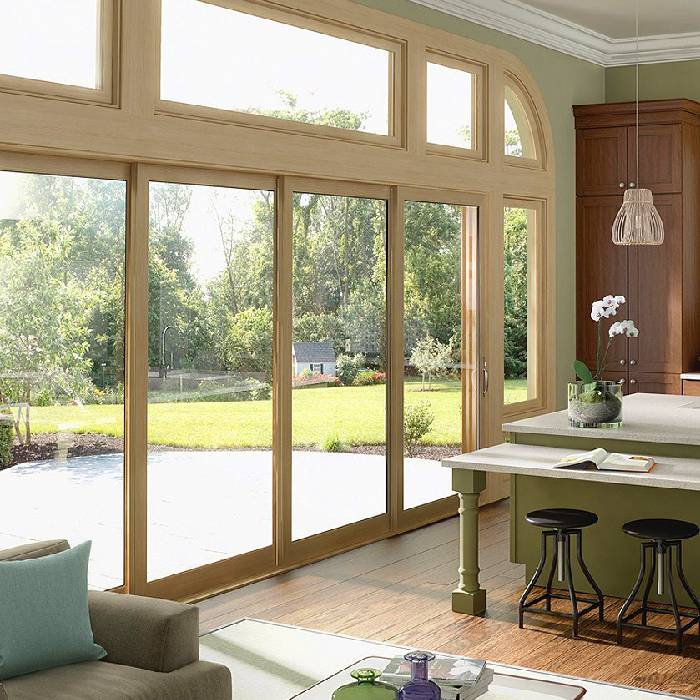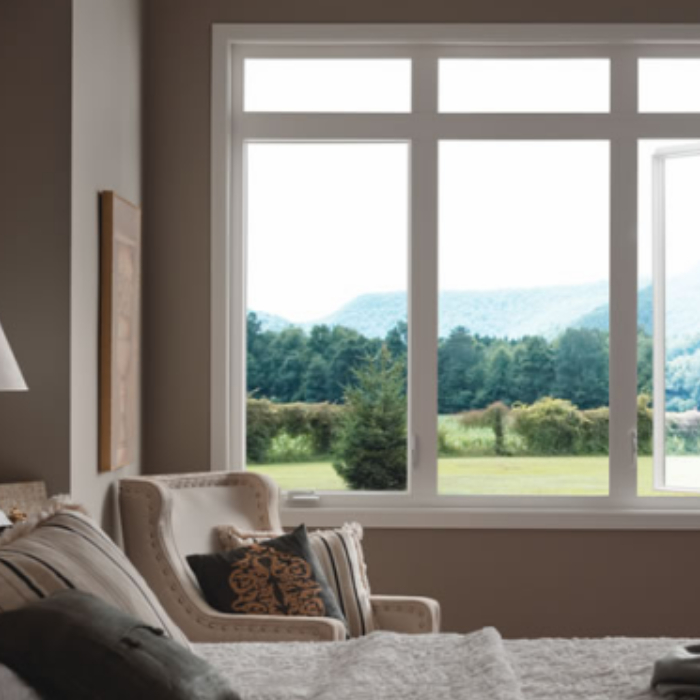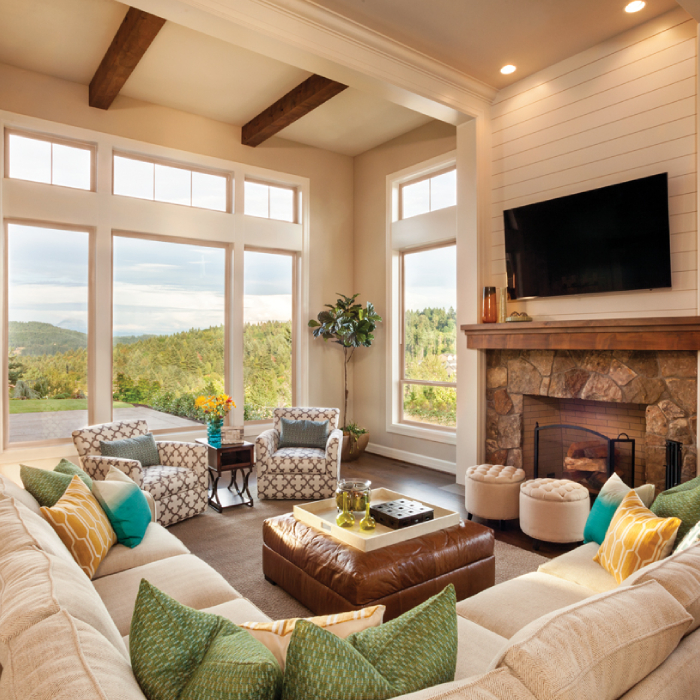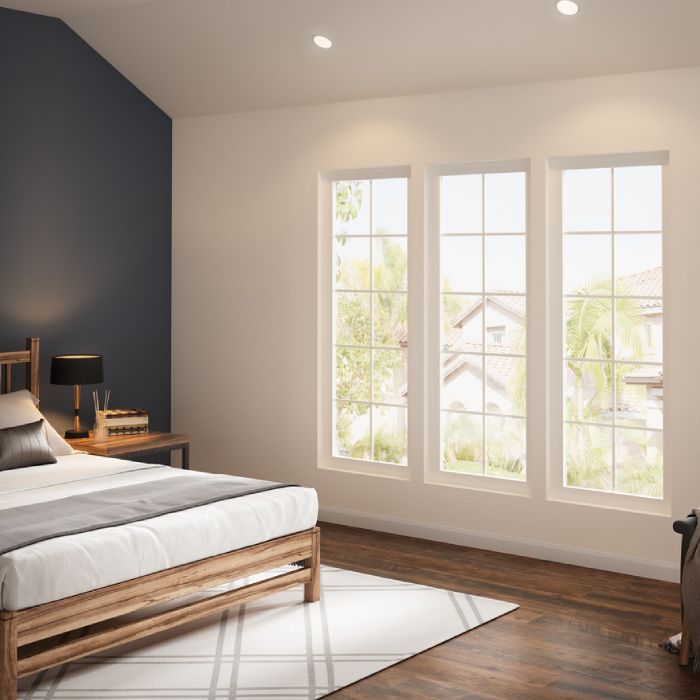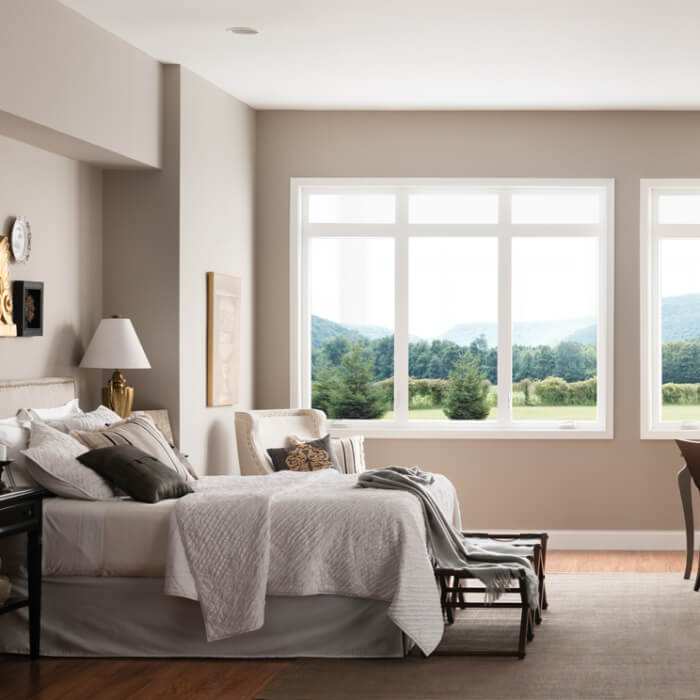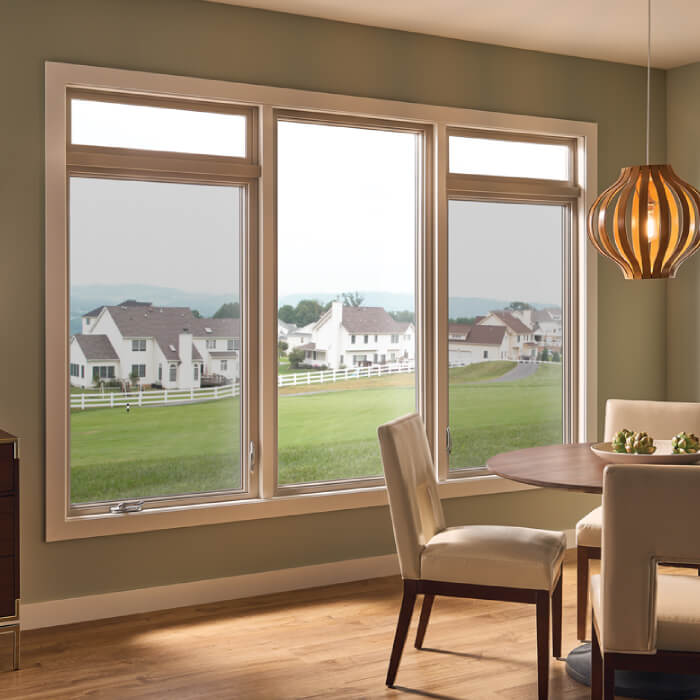Window Frame Checkup: What September Temperatures Reveal
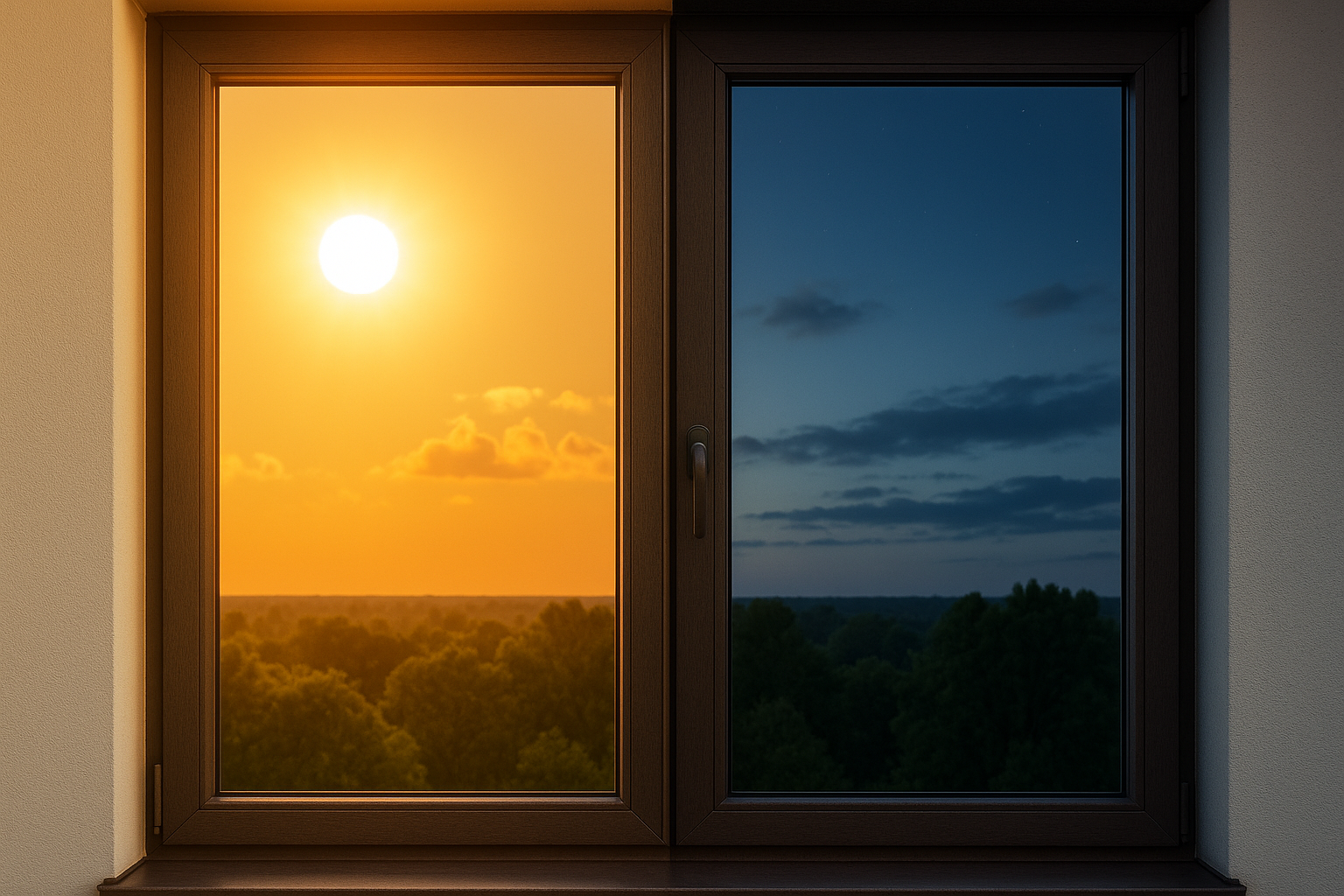
September in California marks a seasonal transition that brings cooler mornings and warmer afternoons. These temperature fluctuations might feel subtle, but they can reveal a lot about the condition of your home’s windows—especially the window frames. At Newman Windows and Doors, we know that the early signs of wear and tear often show up during seasonal changes. That's why a September window frame checkup is a smart move for homeowners looking to preserve energy efficiency and comfort year-round.
This month offers the ideal conditions to identify potential issues before colder weather sets in. Read on to learn what September temperatures can reveal about your window frames—and how to address the problems before they turn into costly repairs.
Why September Is the Perfect Time for a Window Frame Inspection
California’s September climate combines cool nights with warm days, creating natural stress tests for your home’s structural components. Window frames, in particular, expand and contract with changes in temperature. This makes it easier to spot signs of aging, damage, or inefficiency that might otherwise go unnoticed during milder seasons.
Checking your window frames now can help you:
- Catch early signs of moisture damage or rot
- Identify gaps and air leaks that reduce energy efficiency
- Prevent long-term structural damage
- Plan ahead for window upgrades before colder weather arrives
What to Look For During Your Window Frame Checkup
Here are some common issues that California homeowners should check for when inspecting window frames in September:
1. Visible Warping or Cracking
Wood and vinyl window frames can warp or crack when exposed to prolonged heat and sudden cool-downs. Look for any distortions in the frame or sash. Warping can lead to improper sealing, air leaks, and difficulty opening or closing the window.
2. Soft Spots and Moisture Damage
Cooler morning temperatures can reveal moisture that has seeped into the frame overnight. Press gently around the frame—especially near the bottom—and feel for any softness or give, which could indicate rot or water damage.
3. Peeling Paint or Discoloration
Exterior paint that’s peeling or bubbling may be a sign that the window frame is absorbing moisture. Discoloration, mold, or mildew buildup around the frame are also red flags and should be addressed quickly to prevent further deterioration.
4. Gaps or Drafts
With temperature swings, the seal between your window frame and the wall may start to separate. Hold your hand near the frame in the early morning or late evening and feel for drafts. Even small gaps can significantly impact energy efficiency and indoor comfort.
5. Difficulty Operating the Window
If your window sticks, jams, or doesn’t close fully, it could be due to frame misalignment caused by warping or settling. A window that no longer operates smoothly is not just an annoyance—it could be compromising your home’s security and insulation.
Framing Material Matters: How Different Frames React to Weather
Different window frame materials react differently to the California climate. Understanding how yours perform under seasonal stress can help you make better decisions when repairs or replacements are needed.
- Vinyl: Resistant to moisture and rot, but susceptible to warping in prolonged high heat.
- Wood: Naturally beautiful and insulating, but prone to rot and insect damage if not properly sealed and maintained.
- Aluminum: Strong and durable but may conduct heat and cold, reducing energy efficiency.
- Fiberglass: Highly stable in temperature shifts, offering excellent durability and efficiency.
If you’re unsure which frame material you currently have or whether it’s performing as it should, our experts at Newman Windows and Doors can help you assess your options.
Preventative Maintenance Tips for Window Frames
Whether you’re planning a full replacement or simply want to extend the life of your current windows, here are a few maintenance tips to keep your frames in great shape:
- Caulk and seal any visible gaps between the frame and wall.
- Repaint or refinish wood frames every few years to prevent weathering.
- Clean frames regularly to remove dirt, debris, and moisture.
- Inspect hardware and hinges for rust or corrosion.
- Trim nearby vegetation to prevent damage and mold growth around frames.
When to Consider a Full Window Replacement
Sometimes, minor repairs aren’t enough to solve underlying issues. If your window frames show multiple signs of wear or damage—or if your energy bills have been creeping up—it might be time to consider a full replacement.
Modern windows offer superior energy performance, long-lasting materials, and sleek designs that fit the California lifestyle. At Newman Windows and Doors, we carry high-quality options from leading manufacturers and provide expert installation backed by years of experience.
Upgrading your windows before winter not only increases comfort but also improves curb appeal and overall home value.
Schedule Your Window Inspection with Newman Windows and Doors
Don’t wait for the cold months to reveal what September already hints at. If you’ve noticed any signs of frame damage or air leakage, now is the time to act. Let our professionals at Newman Windows and Doors perform a comprehensive inspection and provide solutions tailored to your home and budget.
Contact us today to schedule your fall window checkup and explore high-performance options for long-term durability and comfort.
























